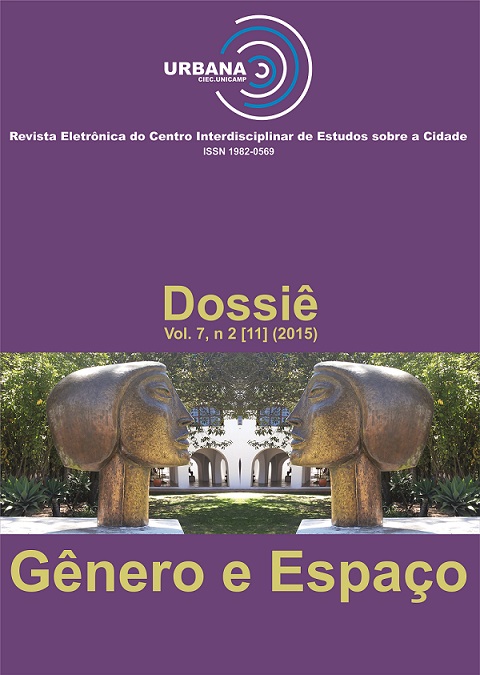Abstract
The objective of this work is to problematize the written city, especially the common written, using the wall for support. The presence (or absence) of represented the written in graffiti and the graffiti contributes to the construction of meaning of an urban identification that recreates the story from the perspective of memory and territoriality. The questioning of the written (or absence), supported by the approach of Cultural History, present in the walls that make up the urban setting of the city of Lages, located inside the state of Santa Catarina, allowed realize a everyday permeate for interfaces of discursive practices materialized by languages (like actions and representations of society) that produce, reproduce and transform the relations of power and belonging.
Keywords
Written City. Urban identification. Written Culture.
References
CAMPOS, R. Entre as luzes e as sombras da cidade: visibilidade e invisibilidade no graffiti. Etnografica, vol. 13/1, maio de 2009, 145-170. Disponível em: http://www.scielo.oces.mctes.pt/pdf/etn/v13n1/v13n1a09 . Acesso em: 02 mar. 2015.
CASTILLO GÓMEZ, A. Paredes sin palavras, pueblo callado. ¿Porque la Historía se representa em los muros?. Disponível em: http://dspace.uah.es/dspace/bitstream/handle/10017/6787/Paredes%20Palabras.pdf?sequence=1. Acesso em: 02 mar. 2015.
CERTEAU, M. de. A Invenção do Cotidiano: 1. Artes de fazer. Tradução de Ephraim Ferreira Alves, 9. Ed. Petrópolis, Rio de Janeiro: Vozes, 1994.
CERTEAU, M. de. A escrita da História. Tradução de Maria de Lourdes Menezes, 2.ed. Rio de Janeiro: Forense Universitária, 2000.
CUNHA, A. G. Dicionário etimológico da língua portuguesa. 4. Ed. revista pela nova ortografia. Rio de Janeiro: Lexikon, 2010.
DJUKICH de NERY, D.; HERRERA, G. I. El Grafitti como escritura alterna. In: CASTILLO GÓMEZ, A.; SIERRA BLAS, V. (orgs). Mis primeiros passos. Alfabetización, escuela y usos cotidianos de la escritura (siglos XIX e XX). Madrid: Trea Ediciones, 2008, p. 281-299.
FOUCAULT, M. As palavras e as coisas. Trad. Salma Tannus Muchail. São Paulo: Martins Fontes, 2002.
FOUCAULT, M. Vigiar e Punir. Editora Vozes: Petrópolis, 2004.
HABERMAS, J. Mudança estrutural da esfera pública: investigações quanto a uma categoria da sociedade burguês. Tradução de Flávio R. Kothe. Rio de Janeiro: Tempo Brasileiro, 1984.
IAPECHINO, M. N. K. Muros da Univer(c)idade: identidade, memória e sócio-história discursiva. Disponível em: http://www.fflch.usp.br/dlcv/enil/pdf/80_Mari_Noeli_KI.pdf. Acesso em: 05 mar. 2015.
LEFEBVRE, H. A vida cotidiana no mundo moderno. São Paulo: Ática, 1991.
PEIXER, Z. I. A cidade e seus tempos: o processo de constituição do espaço urbano em Lages. Lages: Editora da Uniplac, 2002.
A URBANA: Revista Eletrônica do Centro Interdisciplinar de Estudos sobre a Cidade utiliza a licença do Creative Commons (CC), preservando assim, a integridade dos artigos em ambiente de acesso aberto.

